The Feline Odyssey: From Sacred Guardians to Internet Royalty
For millennia, cats have woven themselves into the fabric of human civilization with quiet grace and occasional mischief. Their journey from divine protectors to digital celebrities reveals as much about our changing societies as it does about these enigmatic creatures. Unlike dogs who barged into human history with enthusiastic barks, cats slipped in sideways - first as wary allies against rodents, then as cultural icons, and finally as undisputed rulers of the internet age.
Ancient Egypt marked the first golden age of feline supremacy. Archaeological evidence suggests cats domesticated themselves around 7500 BCE in the Fertile Crescent, but it was along the Nile where they achieved godhood. The goddess Bastet, depicted as a lioness or a woman with a cat's head, represented protection, fertility, and the warm rays of the sun. Killing a cat, even accidentally, carried the death penalty. When cats died, families went into mourning and had the bodies mummified with elaborate ceremonies. The 19th-century discovery of a cat cemetery at Beni Hasan contained over 300,000 feline mummies, some wrapped in linen with intricate patterns.
Roman galleys carried cats throughout their expanding empire, both as pest control and good luck charms. Medieval Europe proved a dangerous time for cats, as their nocturnal habits and association with pagan religions made them targets during witch hunts. This feline persecution may have inadvertently worsened the Black Death - with fewer cats to control rodents, flea-infested rats spread plague more rapidly. The Renaissance saw cats gradually rehabilitated, appearing in artworks as symbols of domesticity and cunning. Leonardo da Vinci famously wrote, "The smallest feline is a masterpiece."
The Victorian era ushered in modern cat fancy. The 1871 Crystal Palace cat show in London marked the first formal exhibition of pedigreed cats, sparking worldwide interest in selective breeding. Wealthy women began keeping cats as pampered companions rather than working animals. This period also saw the rise of literary cats like Lewis Carroll's Cheshire Cat, who embodied the mysterious, slightly unsettling qualities that humans have long projected onto felines. Meanwhile, ship's cats like Trim (who circumnavigated Australia with Matthew Flinders) and Mrs. Chippy (who accompanied Ernest Shackleton's ill-fated Antarctic expedition) became celebrated maritime companions.
Hollywood elevated cats to new fame in the 20th century. Orangey the Cat won two Patsy Awards (the animal equivalent of Oscars) for his performances in Breakfast at Tiffany's and The Incredible Shrinking Man. The 1961 Disney film 101 Dalmatians featured a scene-stealing tabby named Sergeant Tibbs who helped rescue the puppies. Real-life feline celebrities like Morris the Cat (spokes-cat for 9Lives cat food) demonstrated the marketing power of charismatic kitties. As television spread globally, so did images of cats as beloved household figures.
The digital revolution catapulted cats into unprecedented stardom. Early internet forums like Usenet and bulletin board systems (BBS) frequently featured cat pictures and anecdotes. In 2005, the "I Can Has Cheezburger" meme launched the lolcat phenomenon, demonstrating how cats could drive internet culture. Keyboard Cat's posthumous fame (the original feline performer, Fatso, died in 1987 before his videos went viral) showed the enduring appeal of feline antics. Today, celebrity cats like Grumpy Cat (real name Tardar Sauce) who earned millions through merchandise and appearances, or Maru the box-loving Scottish Fold from Japan, have followings rivaling human influencers.
Modern science continues unraveling why cats captivate us. Researchers found that cats' purring frequencies between 25-150 Hertz can promote tissue regeneration and reduce stress. Their facial structure, with large eyes and small noses, triggers our nurturing instincts through the "baby schema" effect. Unlike dogs who clearly display emotions, cats' subtle expressions create a "projection screen" allowing humans to imagine complex inner lives. This psychological blank canvas makes cats perfect vessels for internet humor and relatable content.
From the temples of Bubastis to the glowing screens of smartphones, cats have maintained their hold on human imagination. They've been worshipped as deities, burned as demons, exhibited as status symbols, and finally, embraced as the unofficial mascots of digital culture. Perhaps their greatest trick has been convincing multiple civilizations across thousands of years that we're the ones keeping them - when clearly, they've been guiding our collective story all along. As the ancient Egyptians understood, cats aren't just pets; they're small, furry mirrors reflecting our ever-changing relationship with the natural world and with ourselves.

By /Jun 28, 2025

By /Jun 28, 2025

By /Jun 28, 2025

By /Jun 28, 2025
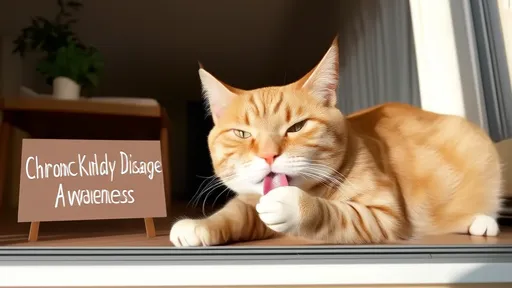
By /Jun 12, 2025
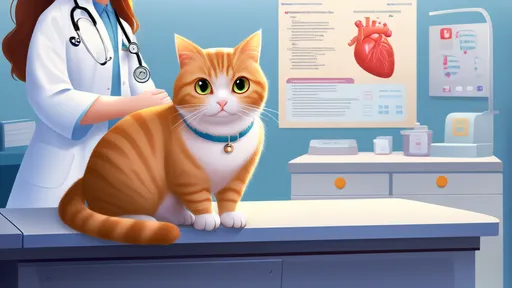
By /Jun 12, 2025
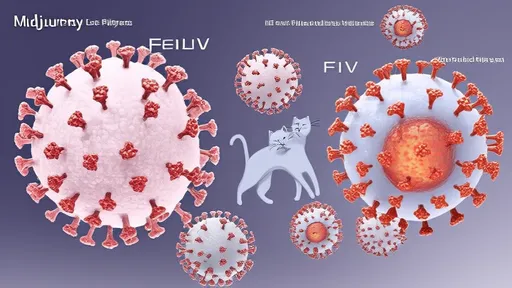
By /Jun 12, 2025
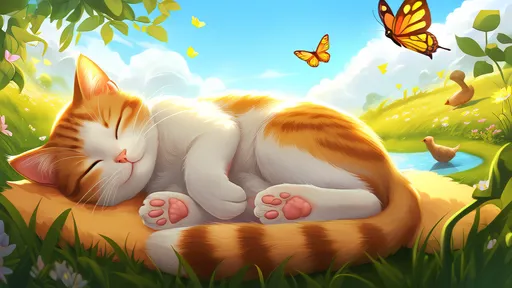
By /Jun 12, 2025
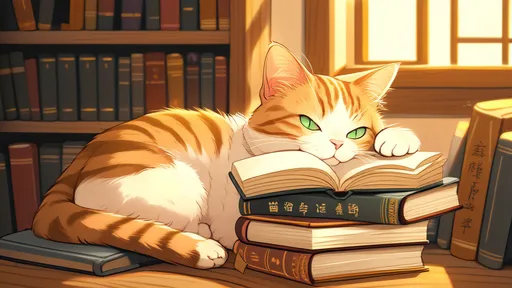
By /Jun 12, 2025
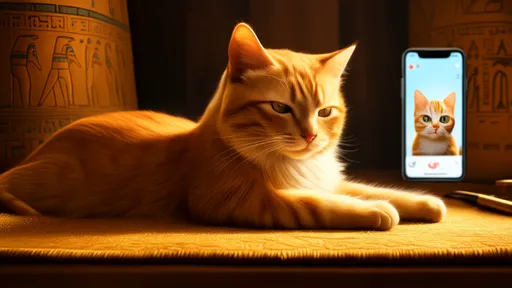
By /Jun 12, 2025
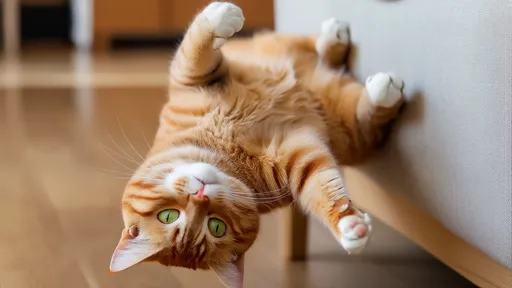
By /Jun 12, 2025
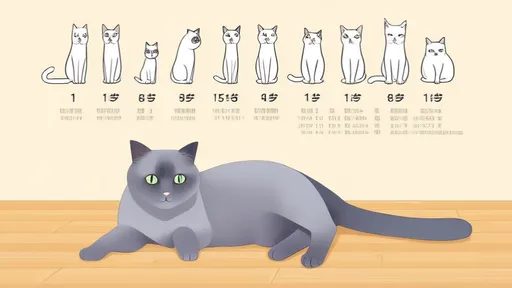
By /Jun 12, 2025
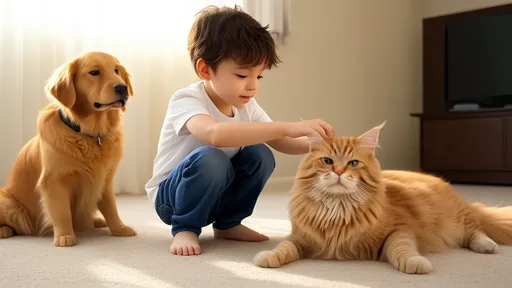
By /Jun 12, 2025
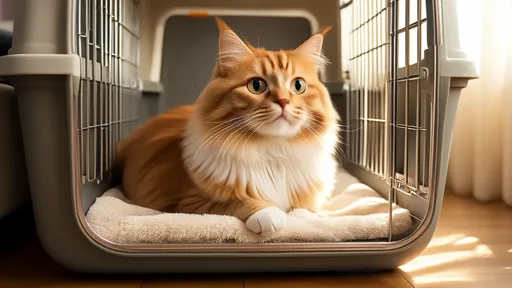
By /Jun 12, 2025

By /Jun 12, 2025

By /Jun 12, 2025

By /Jun 12, 2025